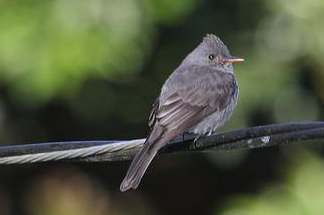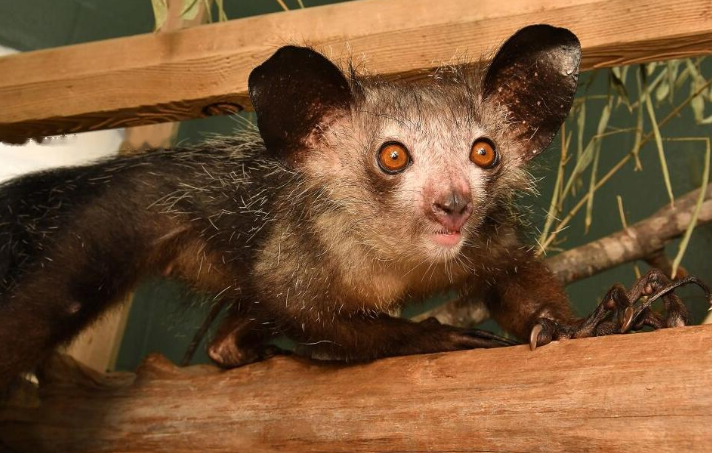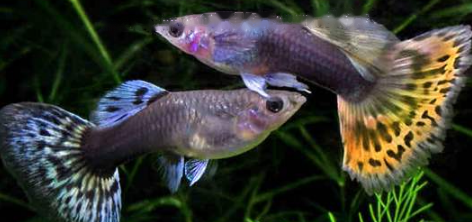The steppe sand lizard, a lizard that lives in different areas such as dry grasslands, desert grasslands, and Loess Plateau, is a species unique to China. It is mainly distributed in Gansu, Ningxia, Shaanxi, Inner Mongolia, Hebei, Qinghai, Beijing, Xinjiang, Shanxi and other provinces and cities.
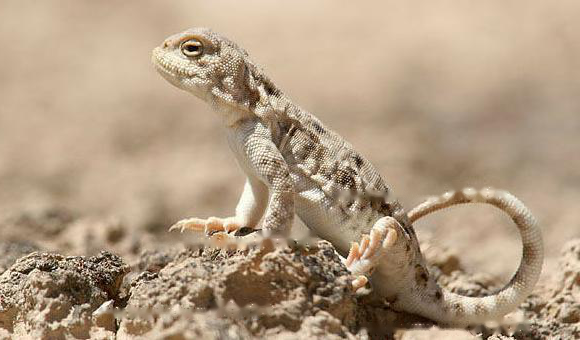
Below, Let us briefly understand the grassland sand lizard.
I. Basic information
[Chinese name] Prairie sand lizard
[Latin name] Phrynocephalus frontalis
【Alias】Sha Monk
【Kingdom】Animal Kingdom
【Domain】Chordates
【Subphylum】Vertebrate Subphylum
【Class】Reptiles
【Order】Saurididae
【Suborder】Saurididae
【Family】Iguanidae
[Genus] Sand lizard
[Species] Steppe Sand lizard
II. Morphological characteristics
1 , Body type: The body of the grassland sand lizard is flat and short and wide. The head is 41-55mm long and the tail is 54-68mm long.
2. Characteristics: The head of the grassland sand lizard is broad and forward-sloping, slightly triangular, with a rounded and blunt snout, slightly concave between the eyes, and the snout scale is larger than the upper lip scale.
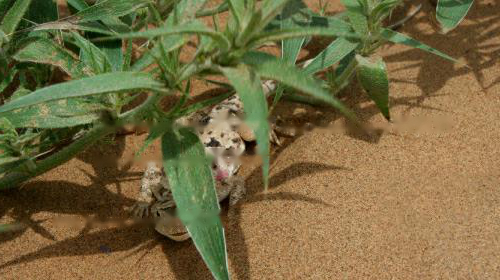
3. Living habits
1. Habitat: Grassland sand lizards are distributed in dry grasslands, desert grasslands, Loess Plateau and other areas, inhabiting places with sparse vegetation, low plants and loose soil. Near grasslands, shrubs, and farmland, but rarely on hillsides or foothills.
2. Diet: The prairie sand lizard mainly feeds on various scarabs (velvet scarabs, apple-hair scarabs, flower blue scarabs, black wrinkle scarabs), ladybugs (seven-star ladybug, twelve-star ladybug, two Ladybugs), mole crickets, golden bell bugs, leafhoppers, aphids, ants, and other insects, as well as small amounts of young leaves.
3. Reproduction: The steppe sand lizard is an oviparous animal. The breeding season starts from May, and the eggs are laid from June to July. The number of fertilized eggs is 1-4, and the most common number of eggs is 3-4; the eggs are laid once a year.
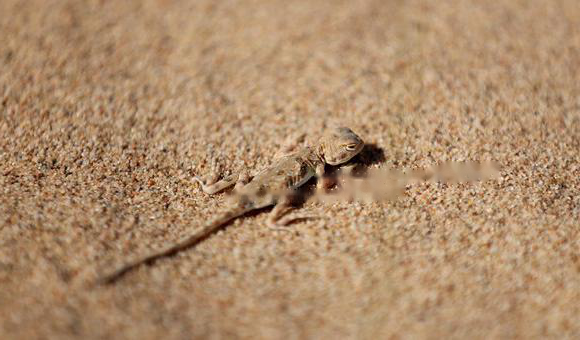
The steppe sand lizard has been included in the Three Possessions list issued by the State Forestry Administration of China on August 1, 2000, and is a protected animal. Included in the 2013 IUCN Red List of Threatened Species ver3.1 - Near Threatened (NT). Included in the China Biodiversity Red List - Vertebrate Volume, and the assessment level is Vulnerable (VU).
The above is all about the grassland sand lizard. Thank you for watching.
![[Original] Sharing of popular science knowledge of ringed map turtles](/static/img/11249/11249_1.jpg)




